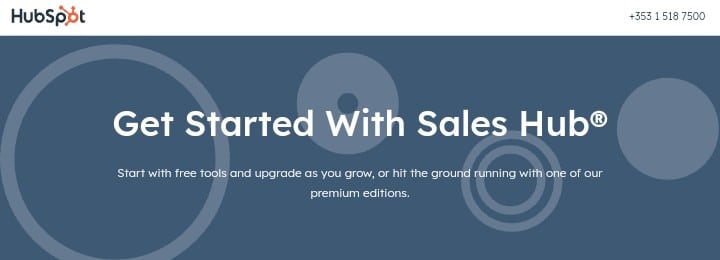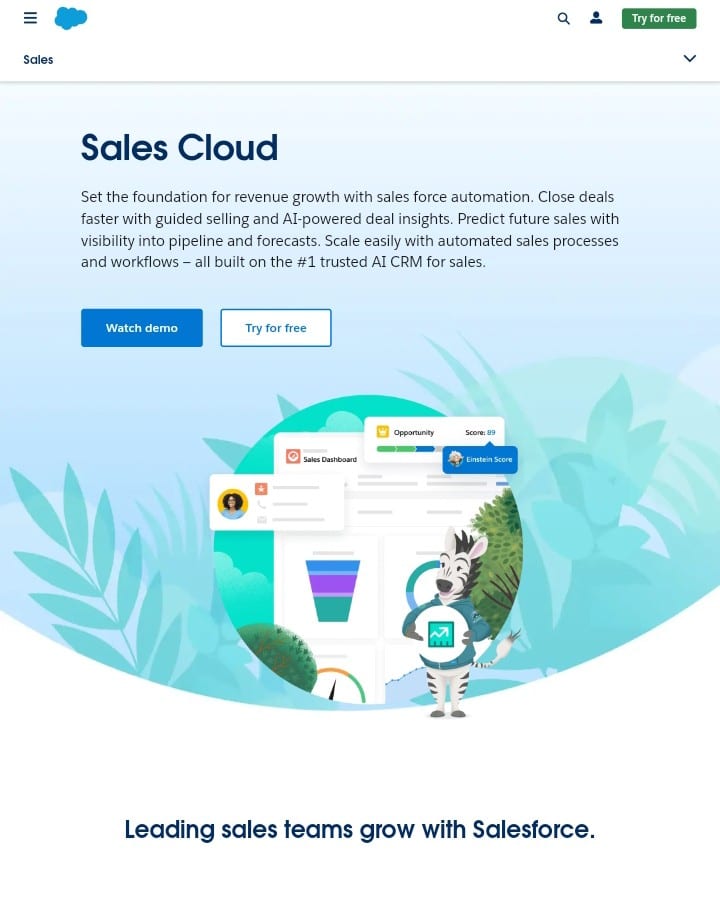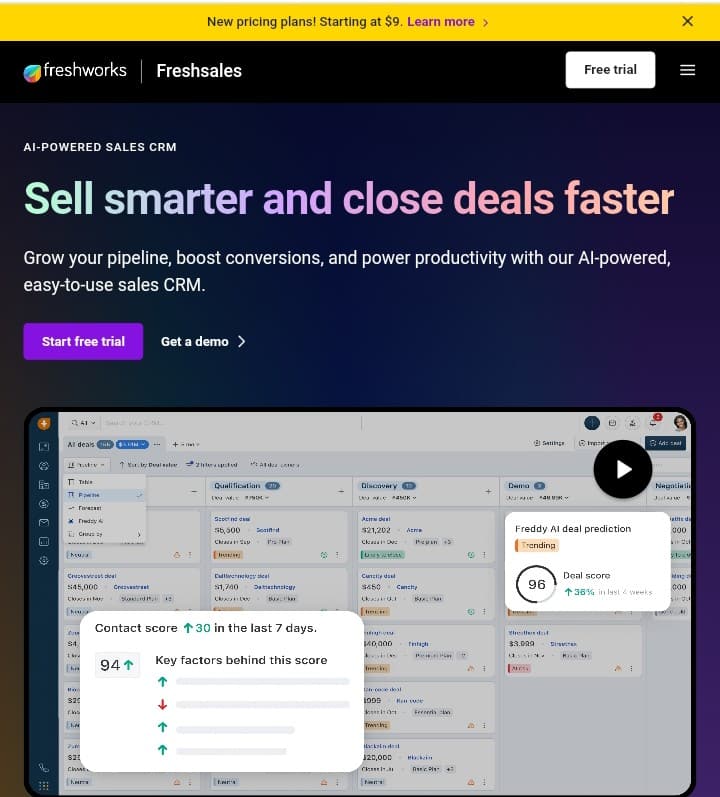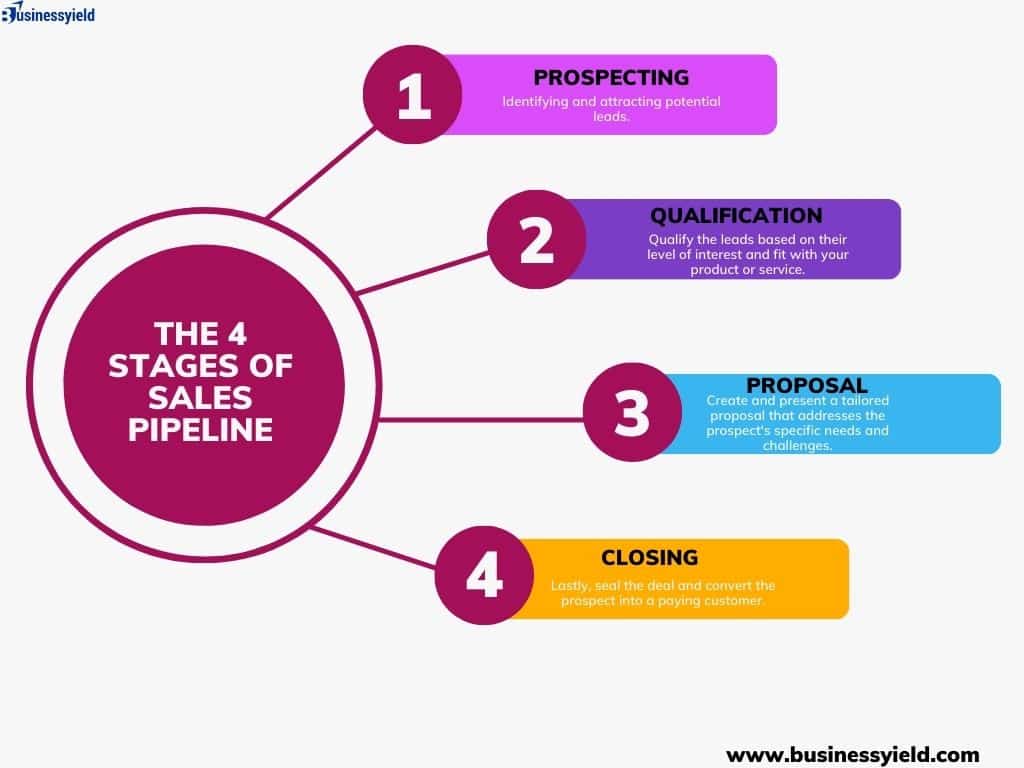As a seasoned sales professional, I understand the importance of having the right tools to effectively manage my sales pipeline. In the competitive world of sales, staying organized and efficient is key to success. With numerous sales pipeline management tools available, choosing the best one can be overwhelming. Fear not, as I am here to share expert insights and a comprehensive comparison to help you make the best sales pipeline management tools, including for a small business. So, take a chill rest, and let’s dive in and discover the ultimate solution to streamline your sales process and boost your revenue!
Key Points:
- Sales pipeline management tools help to organize and monitor sales activities at each stage of the sales process, allowing sales teams to track progress and prioritize tasks effectively.
- Popular tools such as Salesforce, HubSpot, Pipedrive, and Zoho CRM provide real-time insights into sales data, allowing sales managers to make more accurate sales forecasts based on historical data and current sales performance.
- Automation features in these tools help in reducing manual tasks, automating follow-ups, and ensuring timely responses to leads, thereby saving time and increasing efficiency.
- Businesses can identify potential bottlenecks in the sales process and take proactive steps to address them.
How To Choose The Best Sales Pipeline Management Tools
When selecting the best sales pipeline management tools for your business (small or big enterprise), there are several factors to consider to ensure you make the right choice. As an expert in the field, I will give you some tips that helped me navigate through the available options.
#1. Define your requirements
Before diving into the various tools available, first, understand your business needs and goals. With this I mean you should consider some factors. This includes the size of your sales team, the complexity of your sales process, and the specific features you require from a sales pipeline management tool.
Size of your Sales Team:
The size of your sales team plays a significant role in determining the sales pipeline management tool you need. For a small sales team, I suggest you opt for a simpler tool with basic features, whereas a larger sales team might require a more robust tool with advanced functionalities. For example, if you have a team of three sales representatives, a tool like Pipedrive or Zoho CRM could be suitable. This is because these tools have user-friendly interfaces and affordable pricing plans.
Complexity of your Sales Process:
Consider how complex your sales process is and whether the tool can accommodate your unique requirements. If your sales process involves multiple stages, custom workflows, and integration with other tools such as email marketing platforms, then I advise you to use a more customizable and flexible tool like Salesforce or HubSpot CRM. Besides, these tools allow you to focus on the sales pipeline stages, automate processes, and track customer interactions effectively.
Specific Features Required:
Identify the specific features that are crucial for your sales pipeline management. This can include lead tracking, contact management, deal tracking, reporting and analytics, integration with third-party apps, mobile accessibility, and collaboration functionalities. I know you might find this a little bit confusing but I’ll give you an instance.
For instance, if you focus on visual pipeline management and real-time insights, tools like Pipedrive or Insightly can be helpful. They offer intuitive dashboards and reporting features to streamline your sales operations. So, you have nothing to worry about.
#2. Ease of use and integration
Secondly, look for a tool that is intuitive and user-friendly to ensure easy adoption by your sales team. Additionally, consider whether the tool integrates seamlessly with your existing CRM system or other essential business tools.
Moreover, seamless integration with your existing CRM system or other essential business tools is essential. They ensure streamlined workflows and data consistency across different platforms. For example, a sales tool that seamlessly integrates with popular CRMs such as Salesforce, HubSpot, or Zoho CRM can automate data syncing processes, eliminate duplicate data entry tasks, and provide a consolidated view of customer information for enhanced decision-making.
#3. Customization and scalability
Choose a tool that allows for customization to position the pipeline stages and workflows to match your unique sales process. Scalability is also important, especially if your business is growing rapidly and you need a tool that can accommodate future expansion.
In my view, scalability is not just a feature but a necessity, particularly in today’s competitive business world. Having encountered firsthand the challenges of managing swift growth and expansion, I have come to appreciate the importance of having tools and systems in place that can adapt and grow alongside the business. A scalable tool is essential for accommodating increased workloads, customer base, and operations seamlessly without compromising efficiency or productivity.
So, when evaluating different business tools and solutions, I always prioritize scalability to future-proof my operations and avoid disruptions as my business continues to evolve. Investing in scalable tools not only saves time and resources in the long run but also enables me to focus on strategic growth initiatives rather than being bogged down by limitations in technology or infrastructure. Now, you can see why you should consider customization and scalability when choosing sales pipeline management tools.
#4. Reporting and analytics
For reporting and analytics for sales, choosing a tool that offers in-depth insights and analytics is crucial for monitoring essential metrics like conversion rates, sales velocity, and pipeline performance. These metrics provide critical data necessary for making well-informed decisions and refining the sales process effectively. Personally, I always ensure that the tool I use provides comprehensive reporting capabilities to help me track and analyze key performance indicators accurately.
#5. Mobile Accessibility
Mobile accessibility refers to the ability to access information and tools on the go using mobile devices such as smartphones and tablets. In today’s business world, you should have access to your sales pipeline anytime, anywhere.
This allows you to stay connected with your clients, update information in real-time, and make important decisions on the fly. Therefore, having tools that provide mobile applications or responsive web interfaces is crucial as they ensure easy access to the sales pipeline from many devices. It also enables sales professionals to work efficiently and effectively even while on the move.
#6. Compare Pricing and Scalability
You should also consider the pricing structure and scalability of the sales pipeline management tools you are evaluating. Some tools offer flexible pricing plans based on the number of users or features you need, while others may have a flat rate. Hence, ensure the tool you choose fits within your budget and can accommodate your business’s growth trajectory.
#7. Security and Compliance
Since sales data is sensitive and confidential, prioritize the security measures offered by the tool provider. In essence, look for features such as data encryption, role-based access control, and compliance with industry regulations like GDPR.
Sales Pipeline Management Tools For Small Business
Sales pipeline management is vital for small businesses to track and manage their sales activities effectively. Aside from the factors you should consider, I have a list of some popular sales pipeline management tools for a small business. Whether you’ve been in business for years or just starting, I will guide you through the best sales pipeline management tools you can explore in your business.
There are several popular options available in the market, but here are some five popular sales pipeline management tools you’ll like:
#1. HubSpot Sales Hub

HubSpot Sales Hub is a comprehensive sales CRM platform that offers features like deal tracking, email tracking, and automation tools. It provides a visual sales pipeline that allows users to monitor their deals’ progress easily. Additionally, HubSpot integrates with other HubSpot tools like Marketing Hub and Service Hub for a seamless sales and marketing experience.
#2. Pipedrive

Pipedrive is a user-friendly CRM tool specifically for salespeople. It offers customizable pipelines, deal tracking, and forecasting features. Pipedrive’s visual interface makes it easy to prioritize deals and manage sales activities. It also integrates with popular third-party applications like Google Workspace and Slack.
#3. Salesforce Sales Cloud

Salesforce Sales Cloud is a leading CRM platform that provides a robust set of sales management tools. It offers features like lead management, opportunity tracking, and reporting capabilities. Also, Salesforce Sales Cloud allows for customization and scalability to meet the unique needs of small businesses.
#4. Zoho CRM

Zoho CRM is a cloud-based CRM software that offers a wide range of sales pipeline management tools. It includes features like lead management, contact management, and workflow automation. Moreover, Zoho CRM is known for its affordable pricing and easy integration with other Zoho applications like Zoho Campaigns and Zoho Desk.
#5. Freshsales

Freshsales is a CRM tool that caters to small and growing businesses. It offers lead scoring, email tracking, and AI-powered sales insights. In addition, the platform provides a visual sales pipeline view and integrates with popular third-party apps like Mailchimp and Zapier.
Each of these sales pipeline management tools has its strengths and is suitable for different business needs. While HubSpot CRM is user-friendly and intuitive, Pipedrive offers simplicity and visual clarity, and Salesforce Sales Cloud provides advanced features and scalability. I recommend evaluating your business requirements and considering factors. This includes ease of use, scalability, and pricing to choose the best tool that aligns with your sales goals and objectives. Also, take advantage of free trials or demos to test the tools before making a final decision.
Meanwhile, read the following articles for more insights ONLINE CRM: Best Small Business Online System Software in 2023 (Free & Paid)
ERP vs CRM: Choosing the Right System for Your Business
What Is A Sales Pipeline Management Tool?
Imagine you have a bunch of leads and potential clients that you’re trying to convert into actual sales. It can get pretty overwhelming to keep track of everything and stay organized, right? Well, that’s where a sales pipeline management tool comes in handy.
A sales pipeline management tool is essentially a software or platform that allows you to visually track and manage your sales process from start to finish. It helps you organize your leads, prioritize your tasks, and forecast your sales performance. With its user-friendly interface and powerful features, this tool enables you to streamline your sales activities, identify bottlenecks, and make informed decisions to close deals effectively.
In my experience, having a sales pipeline management tool has not only boosted my productivity but has also provided me with valuable insights into my sales performance. I like to think of it as my trusty sidekick in the world of sales. It helps me stay on top of all my leads and deals by giving me a clear visual representation of where each prospect is in the sales process. From initial contact to closing the deal, a sales pipeline management tool offers a structured way to track and manage every stage of the sales journey.
With this tool, I can easily see which prospects need follow-up, which deals are progressing smoothly, and which ones might need a little extra attention. It’s like having a roadmap that guides me through each step of the sales process. That’s ensuring that I don’t miss any opportunities and ultimately helping me close more deals efficiently. Overall, it’s a game-changer for staying organized, focused, and effective in sales. For this reason, the below document contains ways you can stay organized and manage your sales pipeline.
Ways To Stay Organized And Manage Sales Pipeline
How Does A Sales Pipeline Work?
Assuming you are a sales manager in a technology company that sells software solutions. Your team’s goal is to increase sales revenue by acquiring new clients and upselling to existing ones.
Typically, a sales pipeline is a structured and visual representation of the sales process from lead generation to closing a deal. It consists of different stages that a potential customer goes through before making a purchase. Meanwhile, I have a brief explanation of the different stages below, so keep reading!
What Are The 4 Stages Of Sales Pipeline?
The sales pipeline consists of four main stages that potential customers go through before making a purchasing decision. These stages are crucial for businesses to track and manage effectively to convert leads into customers. Now, let me explain these stages.
#1. Prospecting Stage
In this initial stage, the focus is on identifying and attracting potential leads. This involves researching target markets, networking, and reaching out to potential customers. You likely understand the importance of creating an ideal customer profile to tailor your prospecting efforts effectively. For instance, you might mention how utilizing social media platforms or attending industry events can help in generating leads and initiating the sales process.
#2. Qualification Stage
Once leads have been generated, the next step is to qualify them based on their level of interest and fit with your product or service. In other words, this stage entails evaluating the prospect’s needs, budget, and decision-making authority to determine if they are a viable sales opportunity. Drawing from your experience, you can provide insights on the qualifying questions to ask during this stage and how to properly assess a lead’s readiness to move forward. Additionally, you can mention how using tools like CRM software can aid in tracking and managing leads effectively.
#3. Proposal Stage
After qualifying the leads, the focus shifts to creating and presenting a tailored proposal that addresses the prospect’s specific needs and challenges. You should understand the importance of customizing your proposals to showcase the value proposition of your offering and differentiate yourself from competitors. Now, you can share anecdotes or examples of successful proposals you have crafted in the past. I mean highlighting how the right approach can significantly influence closing rates.
#4. Closing Stage
The final stage of the sales pipeline involves sealing the deal and converting the prospect into a paying customer. This stage requires effective negotiation, addressing any concerns or objections the prospect may have, and reaching a mutually beneficial agreement. Leveraging your expertise, you can discuss strategies for overcoming common sales objections. This includes pricing concerns or competitor comparisons and emphasizes the significance of building rapport and trust throughout the sales process to secure a successful close. Additionally, below is a graphic description of the stages involved:

How Do You Have A Healthy Sales Pipeline?
To maintain a healthy sales pipeline, I advise you to follow a systematic approach that involves consistent prospecting, qualification, and follow-up. Firstly, you should regularly engage in networking events, industry conferences, and social media platforms to generate leads.
For instance, I recently attended a trade show where I connected with potential clients and collected their contact information. Following this, I carefully qualify these leads by understanding their specific needs and budget constraints. By doing so, I can prioritize prospects who are more likely to convert into sales.
Having gotten your leads, then ensure you timely follow-up. You can start by sending personalized emails, making phone calls, and scheduling meetings to nurture these relationships further. By staying organized and proactive in this approach, I am sure you’ll effectively manage your sales pipeline and drive successful outcomes.
So, what are you waiting for? Explore these sales pipeline management tools and get your sales increasing every day. Also, I urge you to read these articles below:
Sales Tracking Software: Benefits and Top Software for Advanced Tracking
A COMPREHENSIVE GUIDE TO OUTSIDE SALES
Return on Sales: How to Calculate and Interpret ROS






